“HERE HE IS—HE IS MAKING FOR US AGAIN!”
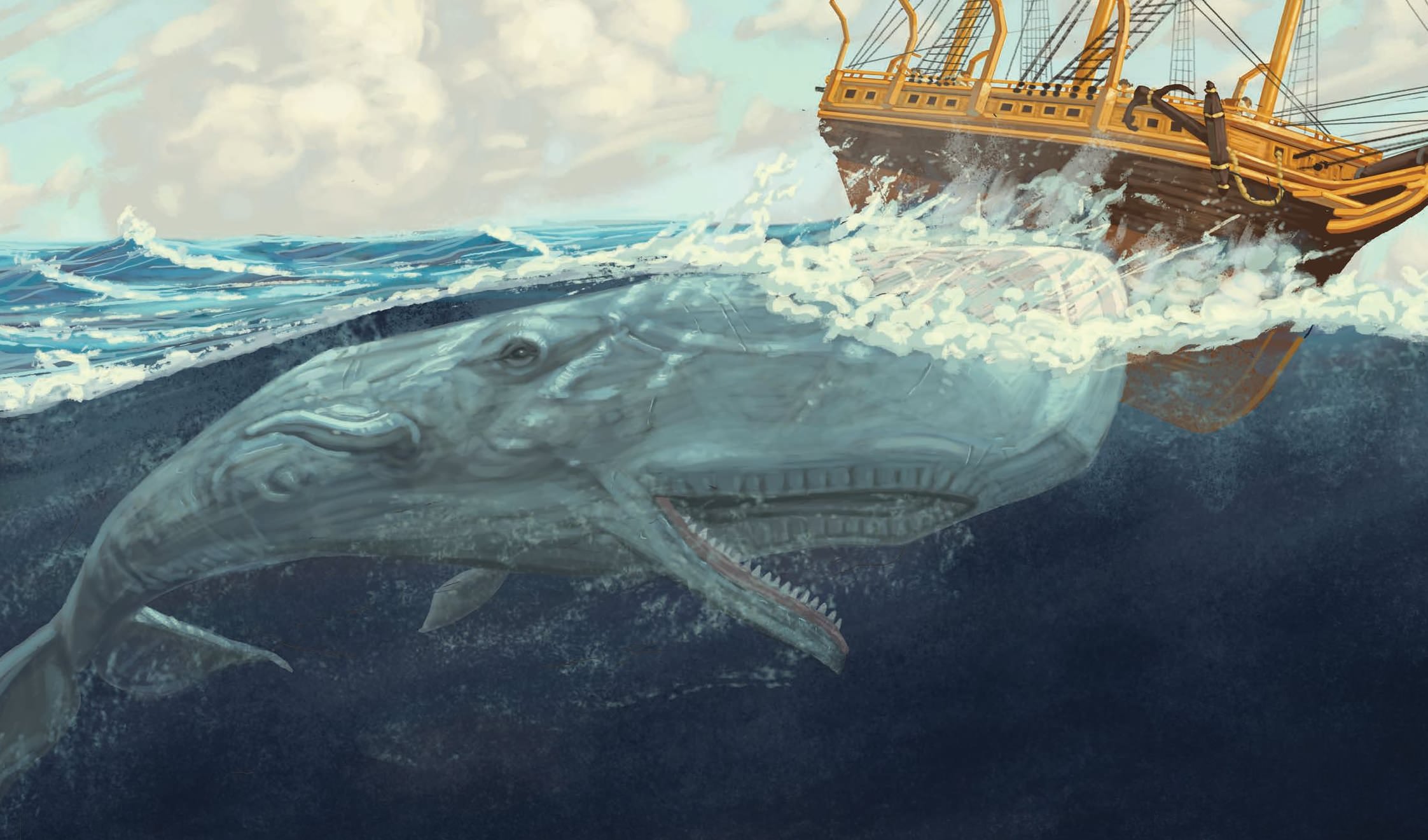
A sailor screamed in disbelief. First Mate Owen Chase was clambering across the deck of the whaling ship Essex to hoist a signal flag alerting the other whaleboats that the vessel was taking on water. The Essex had just been damaged in a collision with a whale. Chase reeled around to see the same gigantic sperm whale charging the ship a second time. Later, he would write that he saw the whale approach “with twice his ordinary speed, and to me at that moment, it appeared, with tenfold fury and vengeance in his aspect.” The whale rammed the Essex and left a fatal hole in the ship’s bow. In minutes, the vessel began to tilt to one side and sink into the water.
Chase took a minute to gather his wits. Then he grabbed a compass, an astrolabe, and some maps and launched the single whaleboat still with the ship. Eventually, the other two whaleboats, which had been out chasing whales, returned to the grim scene. The Essex remained afloat, thanks in large part to its cargo of whale oil, but it was a loss. Scrambling across the ship’s hull, the men used hatchets from the whaleboats to break in and salvage as much as possible of the drinking water, hardtack, and other provisions. But they were in dire straits, and most of the men knew it.
The 20-man crew of the Essex divided up among the three seaworthy whaleboats. More than 1,000 miles lay between them and the nearest land in the Pacific Ocean in that November 1820. Rather than make for the closest island where, ironically, their 19th-century prejudices led them to believe that savages would eat them, they decided to head for South America—3,000 miles away.
Esta historia es de la edición September 2017 de Cobblestone American History Magazine for Kids.
Comience su prueba gratuita de Magzter GOLD de 7 días para acceder a miles de historias premium seleccionadas y a más de 9,000 revistas y periódicos.
Ya eres suscriptor ? Conectar
Esta historia es de la edición September 2017 de Cobblestone American History Magazine for Kids.
Comience su prueba gratuita de Magzter GOLD de 7 días para acceder a miles de historias premium seleccionadas y a más de 9,000 revistas y periódicos.
Ya eres suscriptor? Conectar
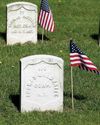
Putting the Pieces Together
Americans needed to begin to put the past behind them, come together, and plan for the future in the spring of 1865. But Abraham Lincoln, the man best equipped to lead them and who had hoped to restore the country as smoothly and peacefully as possible, had been assassinated.
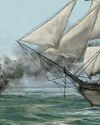
LAST SHOTS
The last Confederate forces in the Civil War didn’t surrender in the spring of 1865 or on a battlefield.
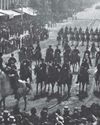
AND IN OTHER 1865 NEWS
A group of African Americans stop at the White House’s annual public reception on January 1, where they shake hands with President Abraham Lincoln.
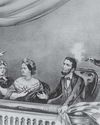
A Plot to Kill President the
For several months, actor John Wilkes Booth’s band of conspirators had plotted to capture President Abraham Lincoln and hold him hostage in exchange for Confederate prisoners.
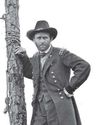
Let the Thing Be Pressed
In June 1864, Union Lieutenant General Ulysses S. Grant began a nearly 10-month campaign in Virginia.
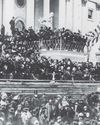
HEALING THE NATION
President Abraham Lincoln took the oath of office for the second time on March 4, 1865.

A Helping Hand
The spring season is hard in any agricultural society. Plants and animals are too small to eat.
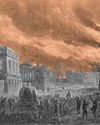
WAR SHERMAN-STYLE
As far as Union Major General William T. Sherman was concerned, the Civil War had gone on long enough.
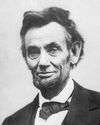
PEACE TALKS
The fall of Fort Fisher made clear that the Confederacy’s days were numbered. Southerners were tired and hungry.
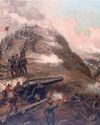
FORT FISHER'S FALL
Outnumbered Confederate soldiers inside Fort Fisher were unable to withstand the approach of Union troops by land and the constant Union naval bombardment from the sea.